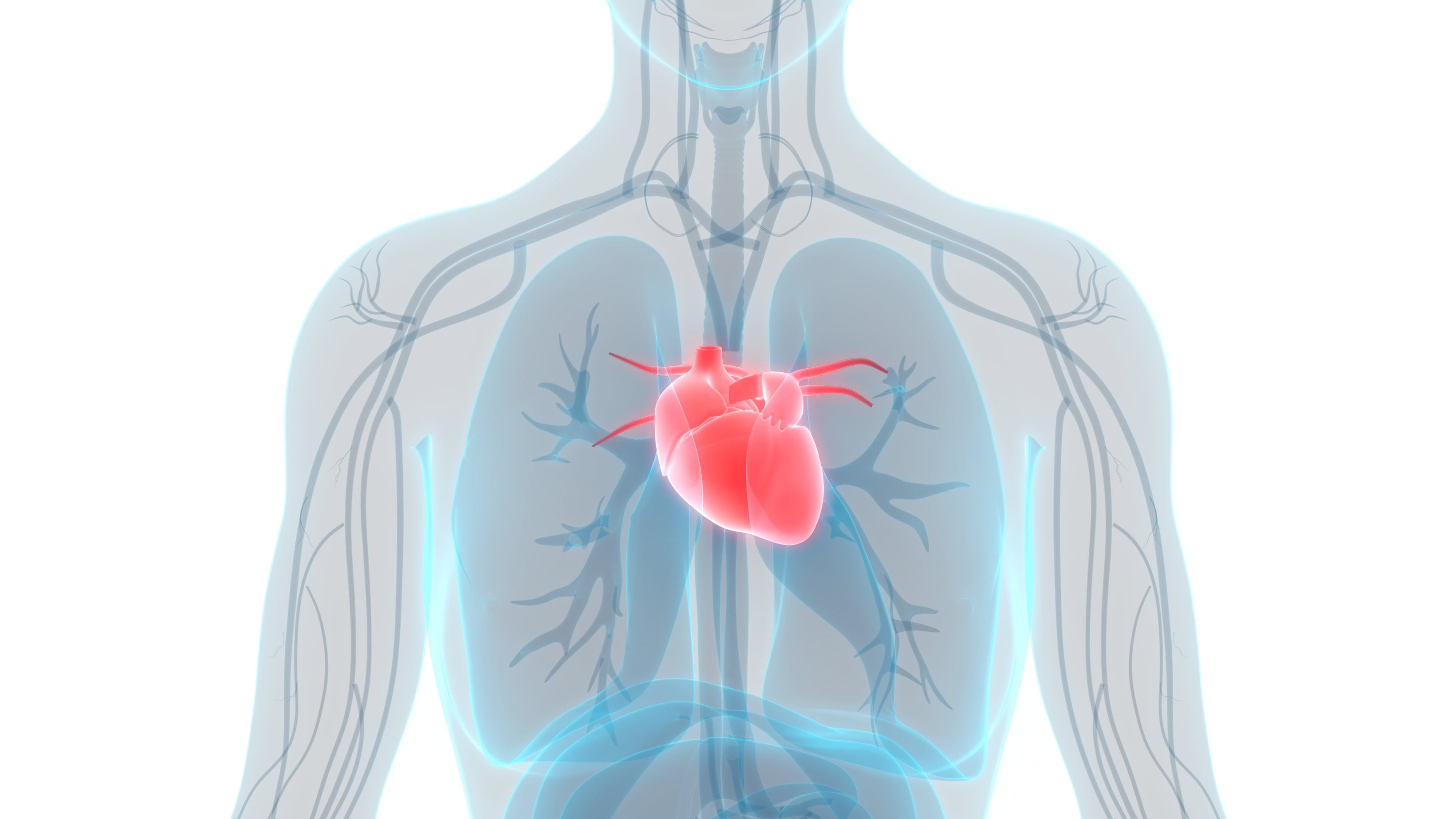teaser
Intracoronary streptokinase after percutaneous coronary intervention (PCI) improves microvascular perfusion but does not improve long-term patient outcomes, preliminary research suggests.
Dr Murat Sezer, of Istanbul University, Turkey, and colleagues explain in the New England Journal of Medicine that injury, plaque debris and thrombus embolisation are thought to affect microvascular perfusion after PCI.
Hypothesising that a low dose of intracoronary streptokinase could reduce in situ thrombosis, the team recruited 41 patients with ongoing chest pain, ST-segment elevation or angiographic evidence of artery occlusion.
The patients were randomly assigned to receive standard primary PCI either alone or with intracoronary streptokinase (250kU).
Cardiac catheterisation was repeated two days after PCI and coronary haemodynamic endpoints were measured using a specialised guidewire. This showed that streptokinase-treated patients had significantly better measures of microvascular function than controls.
This included significantly better coronary-flow reserve (2.01 vs 1.39), index of microvascular resistance (16.29 vs 32.49U), and collateral-flow index (0.08 vs 0.17).
Streptokinase treatment was also associated with significantly better mean coronary wedge pressure (10.81 vs 17.20mmHg), systolic coronary wedge pressure (18.24 vs 33.80mmHg), and diastolic deceleration time (828 vs 360msec).
In addition, the corrected Thrombolysis in Myocardial Infarction frame count – the number of ciné frames required for dye to travel between coronary artery to distal coronary landmark – was significantly lower in streptokinase patients than controls two days after PCI (22.52 vs 31.79). At six-month check-up, however, angiography, echocardiography and computed tomography investigations failed to show any significant difference in left ventricular size or function between the treatment groups.
“Since trends favouring the streptokinase group were detected, it is possible that the study was underpowered for these analyses,” Dr Sezer’s team admits. “The trial was not originally planned to be large enough to detect differences in long-term outcome, and indeed enrolment was terminated early on the basis of the interim data on microvascular perfusion.”
The researchers therefore conclude: “Confirmation of the improvement in microvascular perfusion and clarification of the long-term benefit, if any, will require a much larger trial.”
New Engl J Med 2007;356:1823-34

